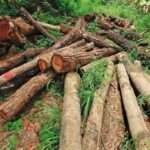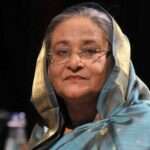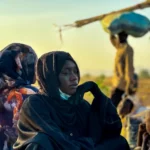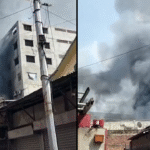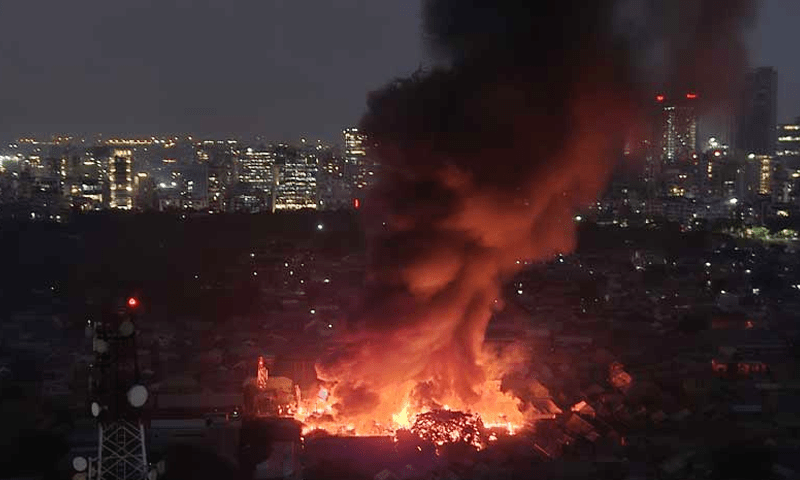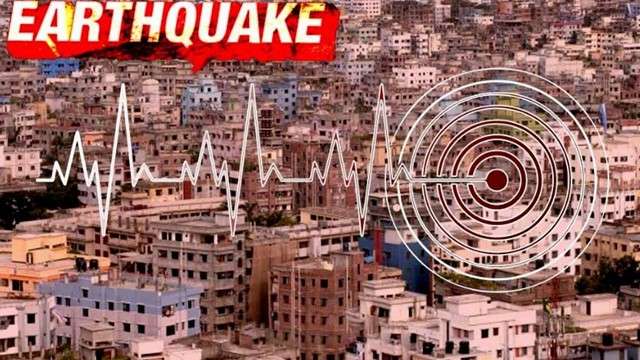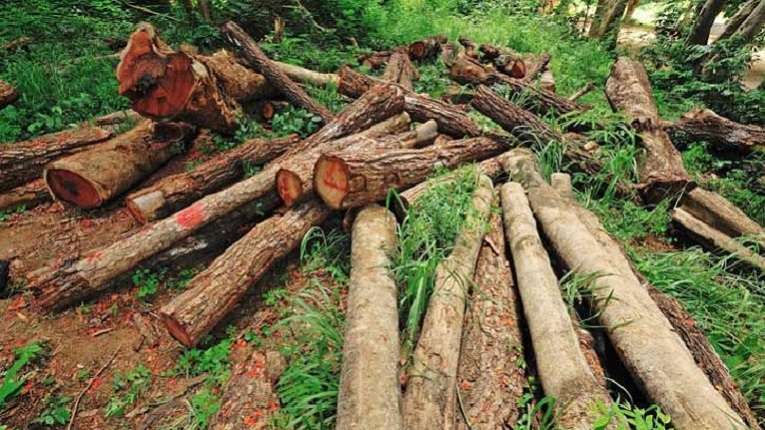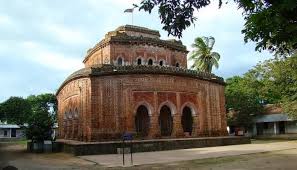 Dinajpur District Introduction-
Dinajpur District Introduction-
Dinajpur District is one of the most historically rich and culturally vibrant districts in northern Bangladesh. Known for its ancient temples, colonial architecture, and fertile plains, the district is a prime destination for history buffs, nature lovers, and food enthusiasts alike.
Geography and Location-
Dinajpur District is located in the northwestern region of Bangladesh under the Rangpur Division. It shares borders with Thakurgaon, Panchagarh, Nilphamari, and Rangpur districts, and also with India to the west.
The total area of the district is approximately 3,437.98 square kilometers, making it one of the largest districts in the country. The main rivers flowing through the region are the Dhepa, Punarbhaba, and Atrai.
Administrative Divisions-
Dinajpur District comprises the following administrative subdivisions:
- 13 Upazilas (Sub-districts): Including Dinajpur Sadar, Birampur, Phulbari, Parbatipur, Birganj, Kaharole, Nawabganj, and others.
- Municipalities: 9
- Union Parishads: 103
The district’s headquarters is located in Dinajpur town, a historically important urban center.
Historical Background-
Dinajpur has a long and illustrious history dating back to ancient times. It was part of the ancient Pundravardhana region under Maurya and Gupta empires. During the medieval period, it became prominent under Muslim rule and later the British colonial administration.
The district was officially established in 1786 by the British East India Company. It became famous for its zamindars, particularly the Raja of Dinajpur, who built several iconic landmarks including the Dinajpur Rajbari and Kantajew Temple.
During the Liberation War of 1971, Dinajpur witnessed several battles and massacres. The martyrdom of countless civilians and freedom fighters is commemorated across the district.
Population and Demographics-
As per the latest census, Dinajpur District has a population of around 3.2 million. The majority of the population is Muslim, followed by Hindus, Christians, and Buddhists.
Dinajpur also has several indigenous communities, including Santal and Oraon tribes, who contribute to the cultural diversity of the district.
Economy and Livelihood-
The economy of Dinajpur District is predominantly agricultural. It is known as the rice bowl of Bangladesh due to its fertile soil and abundant harvests.
Key economic activities include:
- Rice, wheat, maize cultivation
- Lychee and mango farming
- Sugarcane and tea production
- Brickfields and handicrafts
The only coal mine in Bangladesh, the Barapukuria Coal Mine, is located in Parbatipur Upazila of Dinajpur.
Education-
Dinajpur has several renowned educational institutions:
- Hajee Mohammad Danesh Science and Technology University (HSTU)
- Dinajpur Medical College
- Dinajpur Government College
- Dinajpur Zilla School
The district has a steadily rising literacy rate and is a regional hub for science and agricultural education.
Health Facilities-
The major healthcare facilities in the district include:
- Dinajpur Medical College Hospital
- Sadar Hospital
- Various Upazila Health Complexes
- NGO-run clinics and private hospitals
Transportation-
Dinajpur is well-connected by road, rail, and air (via the Saidpur Airport nearby). Key transport modes:
- Road: Buses to/from Dhaka, Rangpur, Rajshahi
- Rail: Dinajpur Railway Station links it to major cities
- Air: Nearest airport is Saidpur, about 50 km away
Inside the district, auto-rickshaws, tempos, and buses are common for local travel.
Culture and Heritage-
Dinajpur’s culture is a mixture of Bengali and tribal traditions. Folk songs, Baul music, Puthipath, and indigenous dances are part of local celebrations.
Notable cultural practices:
- Rath Yatra Festival in Kantanagar
- Harvest festivals among the Santals
- Baishakhi Mela and cultural fairs
The district is also home to delicious local cuisines, particularly Dinajpur Kichuri, lychees, and traditional sweets.
Major Tourist Attractions-
Here are the top tourist destinations in Dinajpur District:
- Kantajew Temple: A UNESCO tentative site, this 18th-century terracotta Hindu temple is a marvel of Bengal architecture.
- Dinajpur Rajbari: Historic palace complex with scenic gardens and ponds.
- Ramsagar National Park: Contains the largest man-made pond in Bangladesh and is a beautiful picnic and wildlife spot.
- Barapukuria Coal Mine: The only operating coal mine in the country.
- Nayabad Mosque: Built by Persian architects in the 18th century.
- Shopnopuri Artificial Amusement Park: Ideal for family and children.
Climate-
Dinajpur has a tropical monsoon climate:
- Summer (March–June): Hot and humid
- Monsoon (July–October): Heavy rainfall
- Winter (November–February): Cool and dry
Best Time to Visit Dinajpur-
- Winter (November to February): Best time to explore temples, parks, and attend local fairs.
- Pre-monsoon (October): Perfect for enjoying the green paddy fields and local harvest festivals.
- Avoid peak monsoon due to potential flooding and transportation issues.
Notable Personalities from Dinajpur-
- Hajee Mohammad Danesh – Prominent politician and activist
- Iajuddin Ahmed – Former President of Bangladesh
- Abul Kashem Fazlul Huq – Renowned writer and academic
Conclusion-
Dinajpur District is a treasure trove of history, heritage, and natural beauty. Whether you’re a cultural explorer, food lover, or nature enthusiast, Dinajpur offers a fulfilling and memorable experience. With its ancient temples, scenic parks, and vibrant communities, it’s a destination that truly represents the soul of northern Bangladesh.
FAQs about Dinajpur District-
What is Dinajpur District famous for?
Dinajpur is famous for Kantajew Temple, rice and lychee production, and the Barapukuria coal mine.
How do I travel to Dinajpur from Dhaka?
You can travel by bus or train. The journey takes 8–10 hours by road and slightly less by train.
Which are the best places to visit in Dinajpur?
Kantajew Temple, Dinajpur Rajbari, Ramsagar, Nayabad Mosque, and Shopnopuri.
Is Dinajpur safe for tourists?
Yes, Dinajpur is generally safe. However, basic precautions and local guidance are recommended.
What food is Dinajpur known for?
Dinajpur is well-known for its delicious Kichuri, sweets, and juicy lychees.
Are there good hotels in Dinajpur?
Yes, several standard and budget hotels are available, including Parjatan Motel, Hotel Unique, and local lodges.
What is the literacy rate of Dinajpur District?
The literacy rate is steadily improving and currently over 65%.
What tribal communities live in Dinajpur?
The Santal and Oraon communities are among the major tribal groups in the district.
Which university is located in Dinajpur?
Hajee Mohammad Danesh Science and Technology University (HSTU) is a major public university in Dinajpur.




